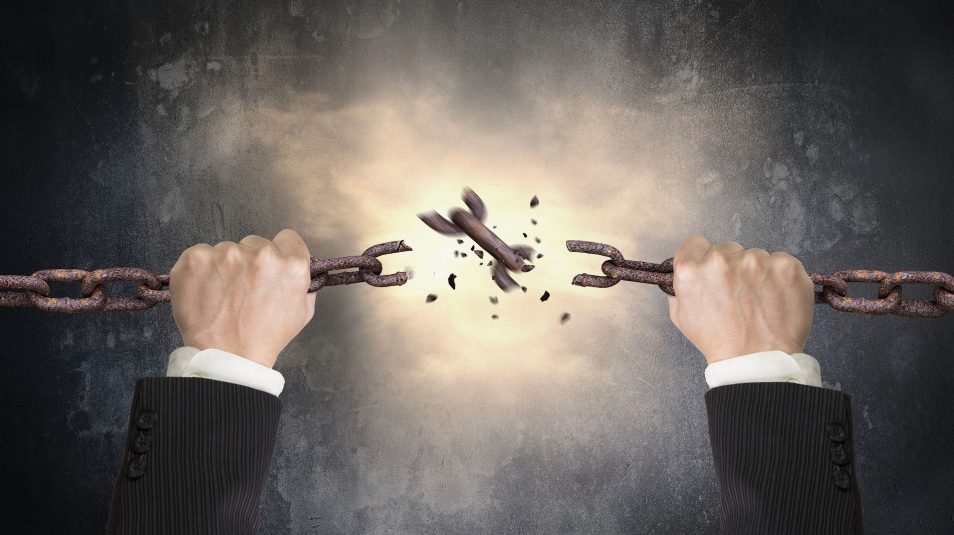Let Go of the Legacy Myth

Professional Development
September 5, 2019
Dan Lovaglia
Topics
future, Legacy, momentum, perspective, priorities, strategic development, VisionIn a world of billboard companies and blockbuster celebrities, it’s easy for leaders to buy into the legacy myth. The thinking goes something like this: “To leave something behind that lasts, I have to protect what my success has built.” We see this undercutting belief lived out in news headlines almost daily. Everyone from business execs to politicians, from teachers to preachers, is susceptible to self-preservation when their legacy is on the line.
But as we all know, protecting assets isn’t what propels people forward. We need vision, strategy, and momentum, not a steady stream of rebuttals against “big bad wolves” who want to blow the house down. Our world needs leaders of integrity who are willing to break ground by letting go of the legacy myth that’s actually holding us back.
The truth is: build for the future; legacy takes care of itself.
Leaders intuitively know Marshall Goldsmith is right: “What got you here won’t get you there.” We need to hold the past with open hands if we want to work on building the future together. That means stopping some good things to start others. It also requires a motivational shift each time we catch ourselves clinging to what success has already built.
Start letting go of the legacy myth by putting these three daily practices in play.
Revisit the Master Plan
You can’t get where you want to go without a destination in mind. The details don’t need to be all sorted out for a realistic blueprint or a roadmap to keep you on target. Each day, refamiliarize yourself with your mission (why you do what you do), vision (where you’re going), values (what matters most), and strategy (how you're moving from here to there). Do this personally and professionally. This practice might sound overly simplistic; but like regularly stepping on a scale, it’s important to weigh yourself against reality so you’re motivated to stay on track.
Reconnect the Core Team
Your successes didn’t happen in isolation; they’re all shared with the people and world around you. Every day, make a list of who’s directly and indirectly on your team and why they matter to you. Circle up your direct team for a huddle or touch base with them by phone or video call. Remind them about the Master Plan and the interdependent nature of your work as you build for the future. Empower them to value one another’s contributions and deal with any conflict that could sabotage community down the road. As you think about clients and customers, consider how you will honor and thank these indirect core team members that are in your sphere of influence. Remember: “If you want to go fast, go alone. If you want to go far, go together.” Choose to live by this African proverb as you let go of the legacy myth. It can be a game-changer in your life and leadership.
Recalibrate the End Game
All leaders lose perspective as the day unfolds. As soon as you feel your teeth, stomach, or fists clench up, take several deep breaths and figure out what your heart is holding onto. It may feel like your legacy and livelihood are on the line but that doesn’t mean it’s true. Talk to a trusted friend or colleague about your Master Plan, Core Team, and what’s currently holding you back from focusing on the future. Ask for their encouragement, wisdom, and redirection.
As you take daily inventory of where you’re still buying into the legacy myth, get crystal clear about what you want to see come to life through your leadership. Who are you trying to serve? How do you want to leave the world better than you found it? Where can you make the best impact even if it’s not the biggest? Then, courageously eliminate whatever’s derailing the integrity of what your heart knows is worthy to be pursued. This step will require internal fortitude and outside support, so be willing to seek out what you need to succeed.
Your impact as a leader will be marked by your investment – for better or worse. Whenever you catch yourself leaning on the legacy myth (or others call you out for this), remember:







